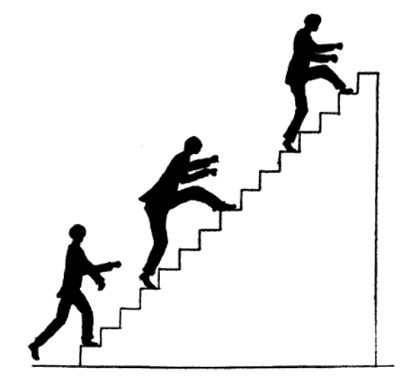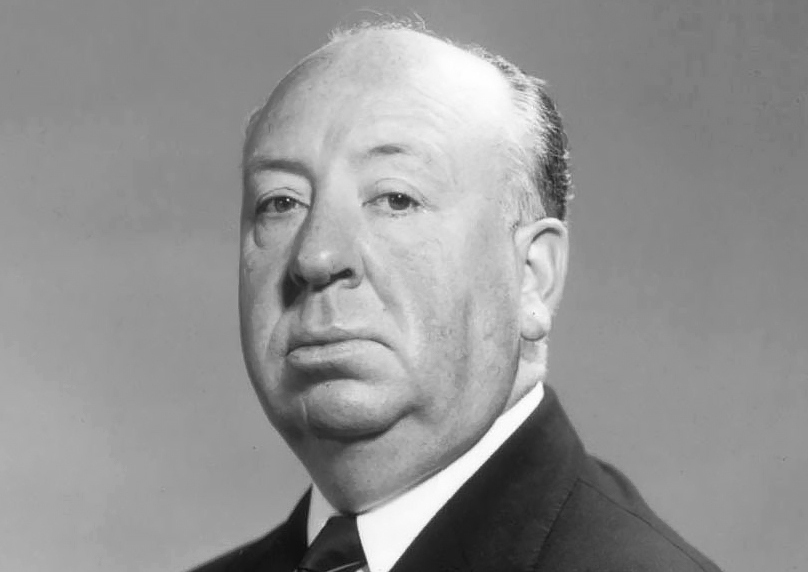Arthur Conan Doyle tells us little about James Moriarty, the criminal mastermind in the Sherlock Holmes stories. But he does mention one intriguing accomplishment in The Valley of Fear:
Is he not the celebrated author of The Dynamics of an Asteroid, a book which ascends to such rarefied heights of pure mathematics that it is said that there was no man in the scientific press capable of criticizing it?
Mathematicians Alain Goriely and Simon P. Norton have both pointed out that in 1887 King Oscar II of Sweden offered a bounty for the solution to the n-body problem in celestial mechanics. Doyle’s story was set in 1888, so it’s possible that Moriarty had intended his book as his entry in this contest.
If he did, he was disappointed — the prize went to Henri Poincaré.





